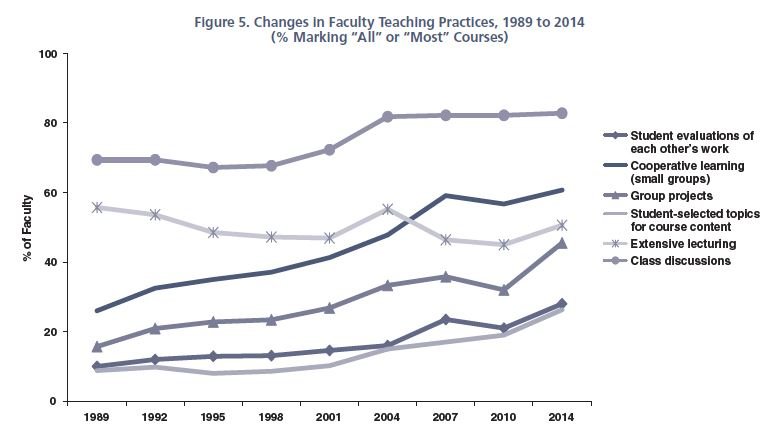Disclosure – the problem you are about to read is quite real for higher education. At the end, we hope to show you how that need might be met by the Campus platform. But regardless of the solution, this article can help a college or university change its enrollment, retention, and even affinity story.
Do you agree that homelessness is a problem? In general terms, is homelessness something that our government, city, charities, etc., should try to eradicate? Most people would answer, “of course” if asked this question.
But follow that question up with, “Great, then will you give me $20 which I will apply to a homeless mission?” and how many people will follow their words with action?

According to the National Philanthropic Trust, approximately 70% of US giving ($280B) came from individuals, with 61% of households donating to charity last year. That number gets hard to define when looking at pure individuals and becomes even murkier when noting that approximately 50% of that money was donated to a church, which may or may not spend the funds on giving or causes, obviously using some money for buildings, salaries, etc.
Also noteworthy, however, is how many individuals volunteer their time. 25% of US adults donate their time, seeing approximately 63 million people donating 7.5 billion hours of time.
What does all of this have to do with community? If you were able to find yourself in the statistics above: a person who does not donate, a person who donates solely in a religious context, a person who donates to charity regularly, or perhaps as a person who donates time over (or above) money, then you may start to see the point. If a person is told to donate in a specific way, while some may comply, many others will not.
For instance, if you are told to donate your time, but you work 50 weeks per year, 9-10 hour days, and at least half of your vacation time and most weekends are spent working on important home projects, your reaction might be to request a monetary donation instead (or you might simply be so frustrated at the time request that you don’t donate at all). Likewise, if you are just out of school, making barely enough to pay rent, eat, and buy other necessities, being asked to donate money might seem absurd, if not rude. However, you might be perfectly willing to donate 4 Saturdays per year to help others. The point is, most people cannot be told what to care about, nor do they react well when told how care should manifest itself.

The same is true for community.
Yet, for years, architects of higher education have nudged, encouraged, engineered, or flat-out told students what to care about. These statements may not have been made verbally, but as we all know, actions speak far louder than words.
The primary request for students is to build community around academics. Students are expected to create a community within each class, while ideally also creating a community within their departments, programs, majors, etc. Social engineering of cohorts has enhanced this notion academic community, seeing gains for students. “Harvard professor / researcher, Dr. Richard Light was asked [by the president of the school] to figure out the single best predictor of success in college. And what was that? That was the ability of a student to either create a study group or join a study group. Nothing else began to approach the power of that single variable in explaining success in college.”

But what happens when a student is not overly motivated by an academic situation? What happens when their class is lecture-based (which, despite mountains of evidence proving lecture is harmful still sees over half of the educational experiences within higher education), making it quite difficult to create teams, groups, or therefore community? What happens when a student is not on campus outside of class times or because they are an online learner? How are shy students, or even students who are not in the “right place at the right time” supposed to find community? Or what if a student is just not motivated by their academic class, program, or instructor, pragmatically trying to get a degree for the purpose of a career but not necessarily due to passion or excitement?
For too long, higher education has (incorrectly) assumed that connectedness and community must center only on academics.
But evidence about what people connect to and how they build community outside of education not only illustrates better predictive measures of success, but also the importance of community built around what does matter to an individual (vs what they are told should matter to them).
People find community around any number of things outside of learning. Causes, events, needs, people, and on and on are reasons people seek out or create community. For some people, including college aged people, seeing a social problem or perceived injustice inspires them to join / create a community. Rallying around a fellow-student who is sick is enough of a cause for some. Some students do not need community in the form of a group, but a single person, simply looking for a friend or confidant. In other words, rather than telling students what community to join, institutions should work to create an infrastructure which allows students to find community that is relevant to them. When a student connects to a person, group, department, service, cause, event, or yes, even an academic experience, they are far more likely to succeed (graduate). But when a student is expected to build community around an educational experience alone, we see average national graduation percentages in the 40’s.
But there is one more crucial step. That infrastructure matters. Despite thousands of colleges and universities that have no meaningful way by which to connect people to the (dozens) of community options that likely already exist, let alone in ways that matter to students, solutions are out there. This is the real power of a modern, student portal like Campus. When schools create a central hub, “front door” experience that places dozens of community options directly in front of students, allowing them to connect using just about any channel they want (face-to-face, on their devices, across the web, via video conference, etc), universities start to see increases in overall retention. When admissions departments help prospects create community with enrollment counselors, ensuring appropriate resources are a click away, colleges start to see increases in numbers. When advancement directors help alumni network meaningfully with other grads regionally, based on career paths, and not solely based on graduation year, schools start to see increases in donations and students returning for continuing ed. In other words, a modern portal should not only be implemented in such a way that all faculty, staff, and administrators use it to foster community options, but it should also be tied to ROI.
Is this a commercial for Campus? Sort of. Yes, there are other platforms out there that try to help with this. But the need – the problem – is real, regardless of what platform you choose. We genuinely believe that Campus’s solution not only reaches across the entire student lifecycle, but in an omni-channel way. In other words, this isn’t a piece of “cool” tech being sold because we built something cool. This is a community, communication, engagement platform that meets highly functional needs as well as helping connect people to what matters, when it matters. But whether you use Campus as your new portal or not, the need for community is still there. And without a modern experience helping facilitate community via a systems approach, students will continue to struggle with one-off solutions or even worse, by being told what to care about.